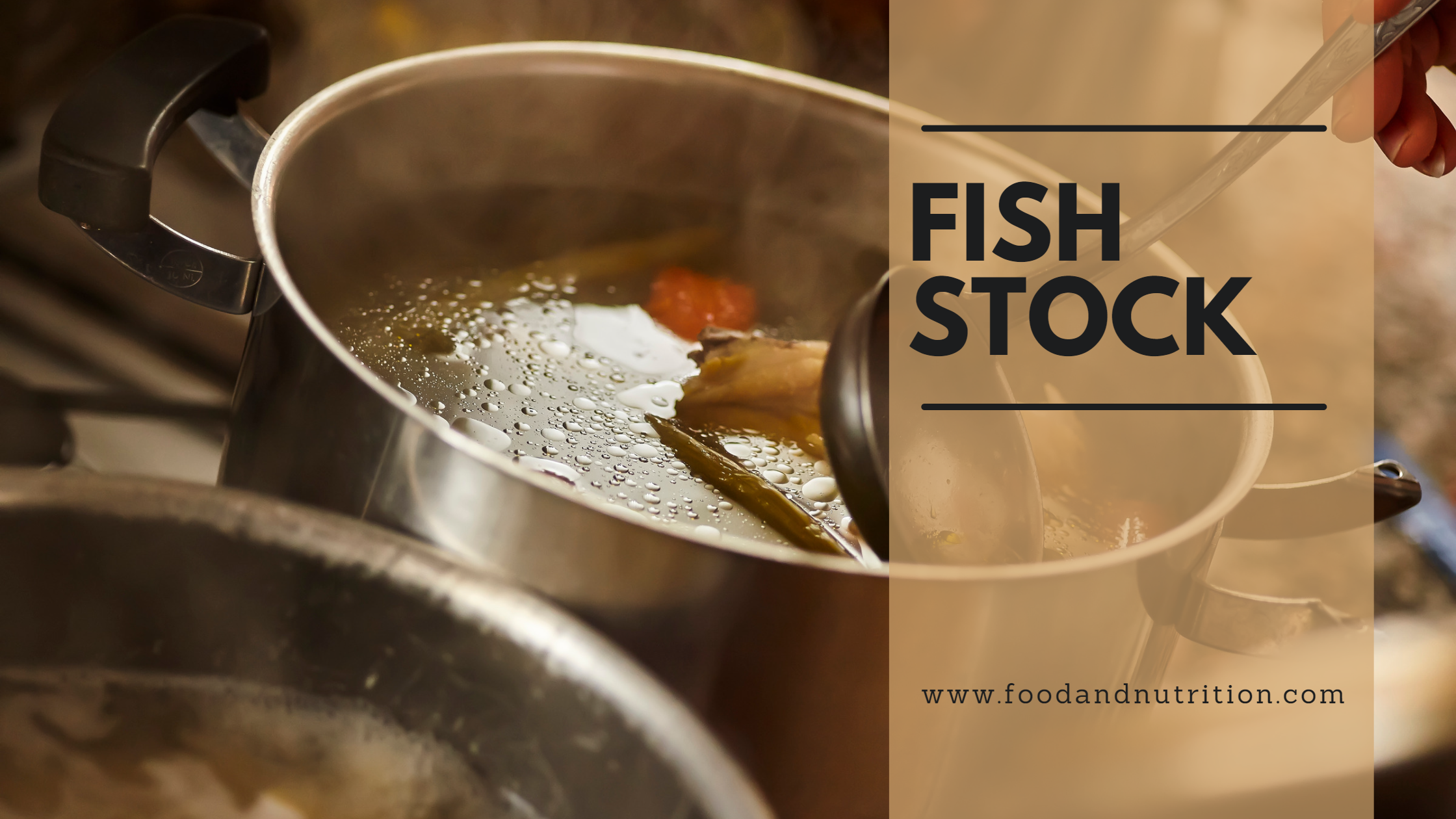From Scraps to Sensation: The Magic of Homemade Fish Stock

Fish stock, a time-honored elixir of flavors, has been a staple in cuisines across the globe for centuries. From ancient coastal communities to modern kitchens, this liquid gold has transformed humble fish scraps into a culinary powerhouse. In this article, we will dive deep into the history, popularity, ingredients, nutrition, and serving ideas of fish stock. Prepare to unlock the secrets of this versatile and nutrient-rich broth that will elevate your cooking to new heights.
History
The roots of fish stock trace back to ancient civilizations, where resourceful cooks discovered the magic hidden within fish scraps. In coastal communities, where fish was abundant, people realized that the discarded bones, heads, and tails of fish could be transformed into a flavorful and nutritious broth. This early form of fish stock became a valuable source of sustenance, providing essential nutrients to communities throughout the ages.
Popularity
The popularity of fish stock transcends time and borders. Its appeal lies in multiple facets that make it an indispensable ingredient in countless recipes. First and foremost, fish stock offers a sustainable solution by utilizing fish scraps that would otherwise go to waste. In a world striving for greater environmental consciousness, reducing food waste is a significant step towards a more sustainable future.
Moreover, the depth of flavor fish stock imparts to dishes is unparalleled. It adds a savory and umami-rich base to soups, stews, and sauces, elevating their taste profiles. The delicate balance of flavors derived from fish bones, vegetables, and aromatics creates a symphony for the palate. This timeless elixir adds complexity and depth, transforming ordinary dishes into extraordinary culinary experiences.
Common Ingredients
The beauty of fish stock lies in its simplicity. While the ingredients can vary depending on the recipe and regional preferences, there are a few key components that remain constant. Fish scraps, such as bones, heads, and tails, form the foundation of the stock. This is complemented by aromatic vegetables like onions, carrots, and celery, which add depth and fragrance. Aromatics such as garlic, bay leaves, and parsley lend their magic to the mix. Water or broth provides the liquid base, while a splash of white wine or other acidic liquid balances the flavors.
Fish Stock
Ingredients
- 1/2 onion chopped
- 1 carrot chopped
- 1 stalk celery chopped
- 1 1/2 pounds fish trimmings or shrimp shells
- 1 bay leaf
- 4 cups water
- 1 cup white wine
- Twist of lemon
- Salt and pepper
Instructions
- In a large saucepan, combine the chopped onion, carrot, celery, fish trimmings or shrimp shells, bay leaf, water, white wine, twist of lemon, salt, and pepper.
- Slowly bring the mixture to a boil.
- Reduce the heat, partially cover the saucepan, and let it simmer for 1 to 1 1/2 hours, allowing the flavors to develop.
- Strain the stock through a fine sieve or a cheesecloth-lined colander to remove any solids.
- Press or squeeze the vegetables and fish to extract all the liquid, ensuring maximum flavor. Discard the solids.
- Use the fish stock immediately in your desired recipes, or freeze it for later use.
Notes
Nutrition
Beyond its culinary prowess, fish stock offers a myriad of nutritional benefits. It serves as a valuable source of protein, which is essential for muscle repair and growth. Additionally, fish stock contains important minerals like calcium, magnesium, and potassium, which contribute to overall well-being. Perhaps most notably, fish stock is rich in collagen, a protein renowned for its role in supporting skin, hair, and nail health. Sipping on fish stock not only nourishes the body but also promotes a radiant appearance.
Serving Ideas
Fish stock is a versatile ingredient that can be used in a multitude of dishes. Let’s explore a few serving ideas to inspire your culinary adventures:
- Seafood Chowder: Harness the essence of the ocean by using fish stock as the base for a hearty seafood chowder. Combine it with succulent shrimp, clams, potatoes, and corn for a bowl of comfort and indulgence.
- Bouillabaisse: Transport yourself to the coastal shores of Provence with a classic French fish stew. Infused with fish stock, tomatoes, saffron, and an array of seafood like shrimp, mussels, and white fish, bouillabaisse is a celebration of flavors and textures.
- Fish Soup: Keep it simple yet satisfying with a soul-soothing fish soup. Combine fish stock with freshly chopped vegetables, such as carrots and celery, and chunks of white fish for a light and nourishing meal.
- Seafood Risotto: Elevate your risotto game by substituting chicken or vegetable broth with fish stock. The delicate flavors of shrimp, scallops, and white fish mingle with creamy Arborio rice, creating a luxurious and unforgettable dining experience.
Conclusion
Fish stock is a culinary treasure that continues to captivate chefs and home cooks alike. Its rich history, unmatched flavor, and nutritional benefits make it a must-have ingredient in your kitchen. By embracing fish stock, not only are you reducing waste and embracing sustainability, but you are also unlocking the potential for creating extraordinary dishes. So, the next time you have fish on your menu, don’t discard the scraps; instead, transform them into a delicious and nutritious fish stock that will elevate your cooking to new heights. Embrace this timeless elixir, and let its enchantment flow through your culinary creations.
- Unlock Classic Marinara Sauce: A Flavorful & Nutritious Guide
- Embracing Summer: The Ultimate Watermelon Feta Salad with Tomatoes & Olives
- Rediscovering Lebanese Salad: A Refreshing Delight with a Rich Heritage
- Eating Your Way to Healthy Blood Pressure: A Guide to Lowering Hypertension
- Perfect Roasted Leg of Lamb: A Timeless Delight for Your Table
- Romesco Sauce: A Flavorful Spanish Delight That Elevates Every Dish
